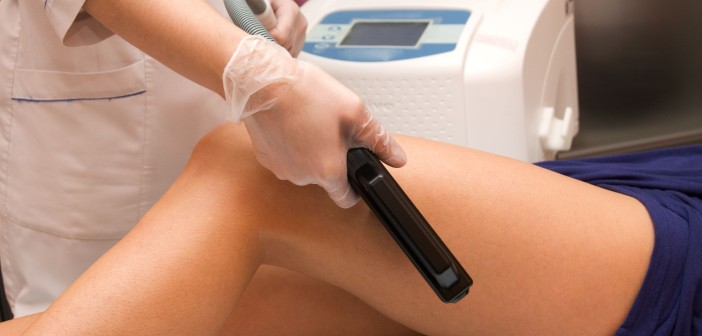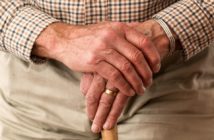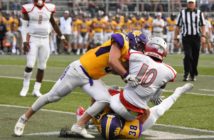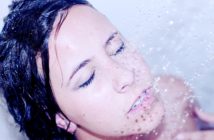Varicose veins are swollen veins near the surface of the skin that appear bluish purple, distended, and twisted. Typically noticeable in the legs and ankles, 40 million Americans experience medical and cosmetic issues associated with varicose veins. If left untreated, sufferers may develop severe leg swelling. This condition is known as Deep Vein Thrombosis (DVT) and requires immediate medical assistance.
Symptoms and Causes
Most people think high blood pressure affects the heart; however, high blood pressure inside your superficial leg veins produces what is known as varicose veins. Other factors that cause varicose veins include considerable weight gain, heavy smoking, and sitting or standing in one position for long periods. While people of all ages develop varicose veins, they usually affect people in their late 30’s and older. Also, women more-so than men suffer from swollen veins, especially during and after pregnancy. The U.S. Department of Health and Human Services, Office on Women’s Health provides facts about varicose veins and how women can take preventive measures against them.
If you can see protruding or spidery-looking veins in your legs and often complain that your legs seem heavy, feel sore in spots that have small clusters of veins, and are often weak and tired, you have onset varicose veins. You may also experience nightly leg cramp and your legs may change color or form bruises and sores. Dealing with swollen veins is a very real issue that causes sufferers devastating physical and psychological effects.
Psychological and Physical Effects of Varicose Veins
Psychologically, many people lose confidence and alter their personality, dress, and lifestyle because they think that others notice their swollen leg veins; for instance, many people refuse to wear shorts or skirts, do not participate in sporting activities, and limit social interaction. This paranoia or embarrassment prompts sufferers to wear loose and unflattering clothing or to use waterproof concealer make-up to try to cover-up their varicose veins. While the psychological results are serious, the physical consequences of letting swollen leg veins go untreated are more critical.
We talked with the Premier Vein Institute about this subject, and they explained that varicose veins can be painful, causing sufferers to lose sleep and to limit walking or other forms of exercise. They said, “Sleep deprivation often results in a long list of health issues: increased anxiety and depression, impaired cognition, increased possibility for breast cancer and stroke, and intensified cravings for sugar and caffeine. The lack of exercise results in an increased risk for diabetes, a greater chance of a weakened immune system, and a higher risk for hypertension. Since most people think varicose veins are a cosmetic health issue, they often self-medicate the consequential health issues by using pain-killers. While taking pain-killers temporarily alleviates the pain, this method should not be the sole alternative to medical treatment.”
Treatment
Without professional treatment, varicose veins may sometimes worsen. Your general physician may encourage you to visit a physical therapist who will take you through a series of exercises that include elevating your legs to reduce swelling, flexing your legs when standing for long periods, and propping your feet up above your heart a few times a day. For more severe cases, physicians may prescribe elastic stockings. These stockings are known as “compression stockings” because they squeeze the veins in the legs and prevent surplus blood from flowing backward. Compression stockings help heal skin sores and prevent swelling as long as they are worn. While elastic stockings are effective, they are not attractive and can become uncomfortable in hot weather. For patients who desire more permanent remedies, vascular specialists may suggest surgical and minimally invasive treatments such as sclerotherapy, vein ablation, vein stripping, or laser treatment. The Mayo Clinic at teaches people ways to recognize varicose veins symptoms and ways to treat and prevent them from returning.
If you have swollen leg veins, you have probably tried to conceal them. Well, it is time to come out from hiding because there is a solution. Varicose veins can be prevented by choosing one of the minimally invasive vein treatments or exercising, curbing excessive drinking and smoking, eating a diet full of fiber and vegetables, and drinking a lot of water.




